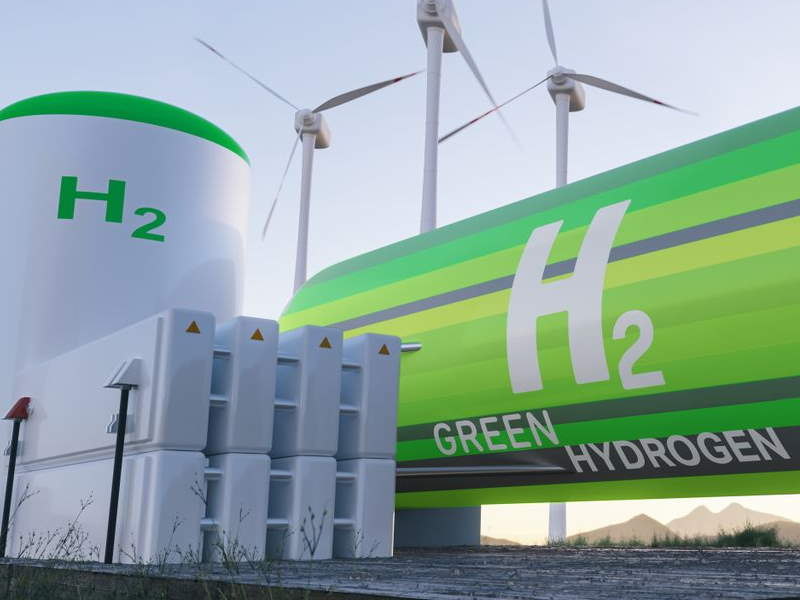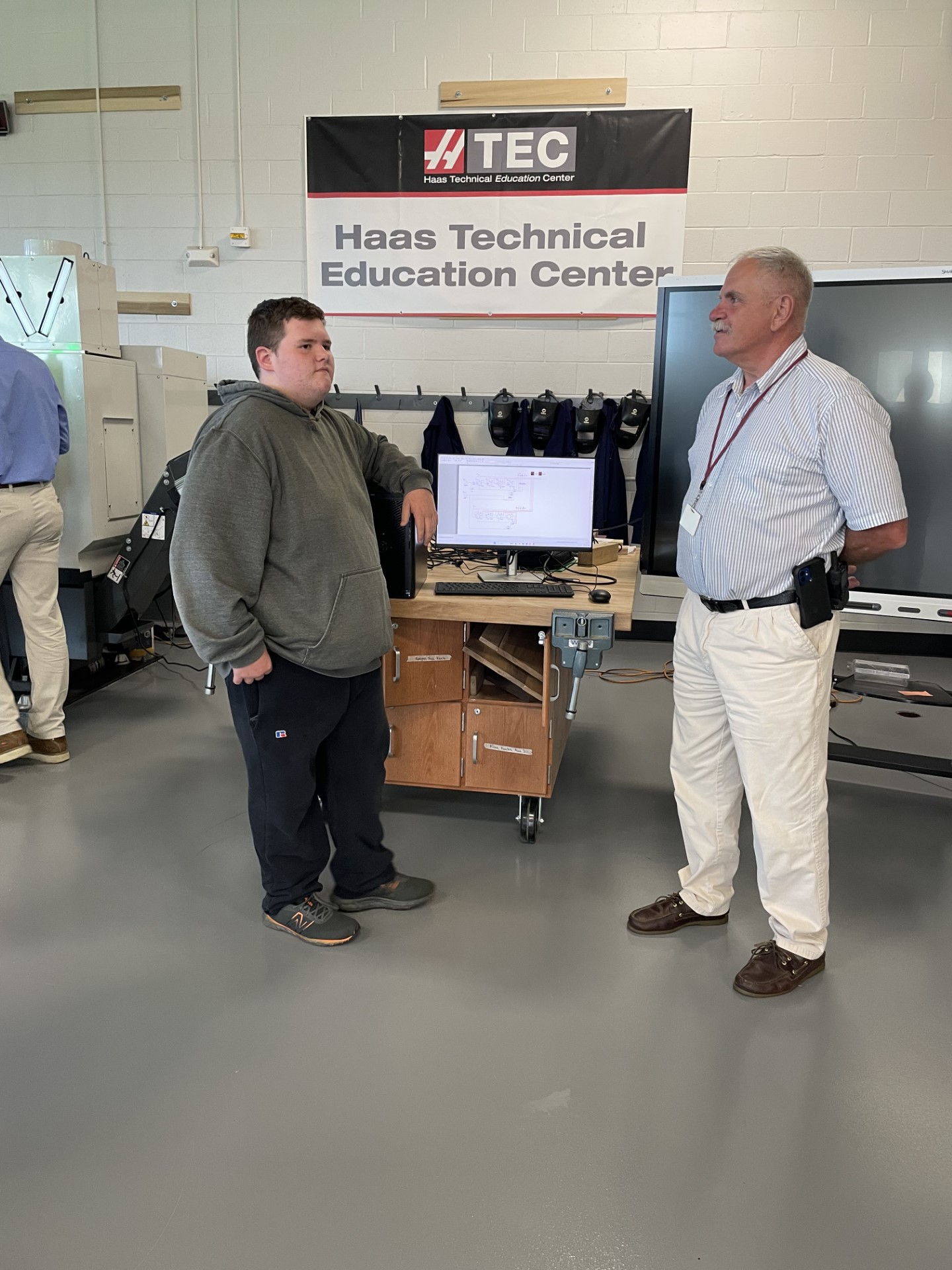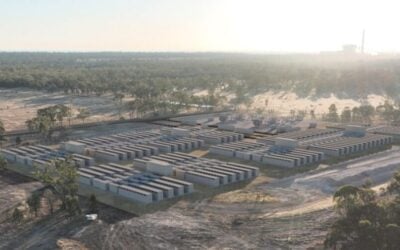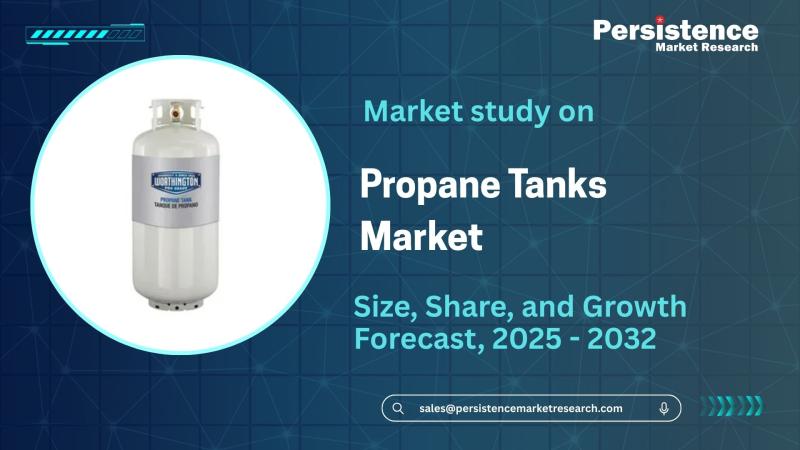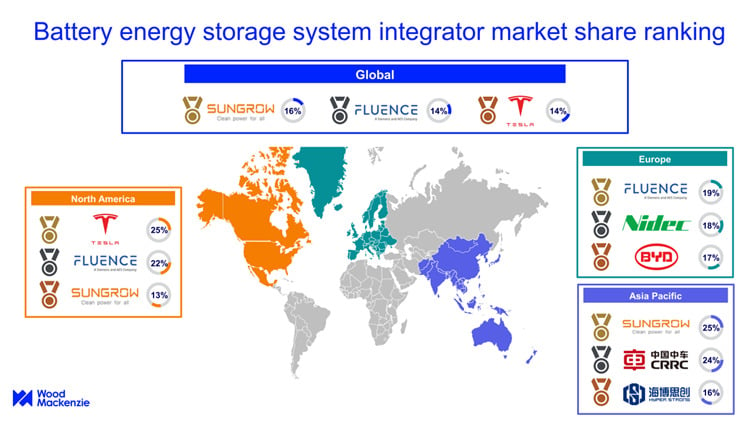The Role of Nuclear Energy in Achieving Sustainable Development Goals
Advancing SDG 7 (Affordable and Clean Energy) and SDG 13 (Climate Action)
- A significant bipartisan political consensus in the United States supports the expansion of nuclear energy as a critical component of national energy policy. Legislative actions, including the 2024 ADVANCE Act, and executive orders from both Democratic and Republican administrations have increased federal support for the industry.
- Nuclear power currently generates nearly one-fifth of American electricity, providing a substantial source of low-carbon energy that directly contributes to the objectives of SDG 13 (Climate Action) by avoiding greenhouse gas emissions associated with fossil fuels.
- Unlike intermittent renewable sources such as wind and solar, nuclear reactors provide a constant and reliable power supply, a key factor in ensuring energy security and meeting the targets of SDG 7 (Affordable and Clean Energy).
- The expansion of nuclear capacity, including new reactors in Georgia and a planned restart in Michigan, is positioned to meet anticipated spikes in electricity demand driven by data centers and artificial intelligence, further supporting sustainable economic growth.
Supporting SDG 9 (Industry, Innovation, and Infrastructure)
- Federal and state policies are actively incentivizing the development of new nuclear technologies, including next-generation and smaller modular reactors, fostering innovation in the energy sector.
- This focus on advanced nuclear technology aligns with SDG 9 by promoting the upgrade of national energy infrastructure to be more sustainable, resilient, and technologically advanced.
- Public-private partnerships, such as the collaboration between Microsoft and the newly renamed Crane Clean Energy Center (formerly Three Mile Island), demonstrate industry’s growing support for nuclear power to secure a clean and reliable energy supply for technological innovation.
The Nuclear Waste Management Challenge to Sustainability
A Critical Barrier to SDG 12 (Responsible Consumption and Production)
- The primary obstacle to a fully sustainable nuclear fuel cycle is the management of high-level nuclear waste. The United States currently possesses approximately 90,000 metric tons of spent nuclear fuel, with an additional 2,000 metric tons generated annually.
- This long-lived hazardous waste requires isolation from the environment for tens of thousands of years, presenting a profound challenge to Target 12.4 of SDG 12, which calls for the environmentally sound management of all wastes throughout their life cycle.
- Currently, the majority of this waste is stored at individual reactor sites, many of which are no longer operational. This is an ad-hoc, temporary solution that falls short of a permanent, responsible waste management strategy.
Institutional and Legal Conflicts under SDG 16 (Peace, Justice, and Strong Institutions)
- Historical Failure: The federally mandated plan for a permanent geological repository at Yucca Mountain, Nevada, was halted after decades of political and legal opposition from the state, illustrating a failure to build consensus and highlighting the need for inclusive and participatory decision-making as outlined in SDG 16.
- Current Litigation: The recent Supreme Court decision in NRC v. Texas dismissed state opposition to a private interim storage facility on procedural grounds. However, it did not resolve the fundamental conflict over siting authority, leaving a contentious legal and political landscape.
- Political Stalemate: Despite the court ruling, fierce and unified political opposition from Texas and New Mexico to hosting interim facilities underscores a deep-seated conflict between federal energy objectives and state-level concerns. This ongoing dispute reveals weaknesses in institutional frameworks for resolving national challenges in a just and equitable manner.
Pathways to a Sustainable and Responsible Waste Management Framework
The Risks of Interim Storage Solutions
- Proposals for interim storage facilities are criticized for the risk that they will become de facto permanent solutions without being engineered or licensed for that purpose.
- This approach circumvents the core challenge of developing a permanent disposal strategy, thereby failing to meet the principles of SDG 12 for responsible, full-lifecycle waste management.
- Siting these facilities in unwilling communities could saddle them with a national burden, undermining the goals of SDG 11 (Sustainable Cities and Communities) and SDG 16 by creating long-term environmental and social injustices.
International Best Practices and SDG 17 (Partnerships for the Goals)
- Other nations with significant nuclear operations offer successful models for addressing waste management through global partnership and shared knowledge, in line with SDG 17.
- These international examples demonstrate a fundamentally different approach centered on achieving local consent and building public trust.
- Finland: Is nearing the opening of the world’s first permanent geological repository, the result of a prolonged, deliberative, and consent-based siting process.
- Sweden: Is successfully developing its own repository using a similar model of public engagement and local political support.
- Canada: In 2024, selected a final repository site following a multi-stage, voluntary process that ensured formal support from local government and tribal authorities.
Recommendations for U.S. Policy
- The United States has previously explored consent-based siting, notably through the 2012 Blue Ribbon Commission on America’s Nuclear Future, but has failed to legislate this approach.
- To realize the full potential of nuclear energy’s contribution to the SDGs, the U.S. must transition from temporary fixes to a permanent, just, and scientifically sound waste management solution.
- Adopting a framework based on the successful international models of deliberation and consent is essential for building the strong institutions (SDG 16) and public trust required for the responsible and sustainable management of nuclear materials (SDG 12).
Relevant Sustainable Development Goals (SDGs)
- SDG 7: Affordable and Clean Energy – The article focuses on the expansion of nuclear energy, which it describes as a source of “ongoing electricity supply” that is “free of greenhouse gas emissions,” positioning it as a clean energy source to meet growing electricity demand.
- SDG 9: Industry, Innovation, and Infrastructure – The text discusses significant infrastructure projects, including the opening of new reactors, restarting old ones, and developing next-generation technology like “smaller modular reactors.” It also covers the critical infrastructure needed for nuclear waste storage.
- SDG 11: Sustainable Cities and Communities – The core conflict presented in the article is the management of high-level nuclear waste, a critical aspect of environmental management for communities. The debate over siting storage facilities in Texas, New Mexico, and Nevada directly relates to creating safe and sustainable living environments.
- SDG 12: Responsible Consumption and Production – The article is heavily centered on the challenge of achieving “environmentally sound management of… all wastes throughout their life cycle,” specifically the “high-level nuclear waste, spent nuclear fuel that must be removed from reactors and isolated from human contact for tens of thousands of years.”
- SDG 13: Climate Action – A primary justification for nuclear expansion mentioned in the article is its role in climate change mitigation. It is presented as a carbon-free alternative to fossil fuels like “coal or natural gas,” contributing to national climate strategies.
- SDG 16: Peace, Justice and Strong Institutions – The article details the complex legal, political, and institutional challenges surrounding nuclear energy and waste management. It covers Supreme Court rulings (“NRC v. Texas”), the role of regulatory bodies (NRC), legislative efforts (“ADVANCE Act”), and the failure of past processes (Yucca Mountain), highlighting the need for effective and inclusive governance.
Identified SDG Targets
-
SDG 7: Affordable and Clean Energy
- Target 7.2: By 2030, increase substantially the share of renewable energy in the global energy mix. The article supports this by highlighting nuclear power’s role as a major source of clean, non-greenhouse gas-emitting energy, noting it produces “nearly one-fifth of American electricity,” more than wind and solar combined.
- Target 7.a: By 2030, enhance international cooperation… and promote investment in energy infrastructure and clean energy technology. The article discusses federal policies like the “2024 ADVANCE Act” that increase funding and support for industry expansion and the development of “next-generation reactors.” It also references the advanced waste management approaches in Finland, Sweden, and Canada as models for the U.S.
-
SDG 9: Industry, Innovation, and Infrastructure
- Target 9.1: Develop quality, reliable, sustainable and resilient infrastructure. The article discusses the development of new energy infrastructure, such as the “Two new reactors opened in Georgia,” and waste infrastructure, like the proposed “interim, above-ground storage facility in Andrews County.”
- Target 9.4: By 2030, upgrade infrastructure and retrofit industries to make them sustainable… and greater adoption of clean and environmentally sound technologies. The push to expand nuclear energy, develop “smaller modular reactors,” and reopen facilities like Three Mile Island as the “Crane Clean Energy Center” reflects a move towards what is presented as a cleaner and more sustainable technology.
-
SDG 11: Sustainable Cities and Communities
- Target 11.6: By 2030, reduce the adverse per capita environmental impact of cities, including by paying special attention to… waste management. The entire debate over finding a solution for the “90,000 metric tons” of high-level nuclear waste, which is currently stored at individual reactor sites, is a direct effort to manage hazardous waste and reduce its potential long-term environmental impact.
-
SDG 12: Responsible Consumption and Production
- Target 12.4: …achieve the environmentally sound management of chemicals and all wastes throughout their life cycle… to minimize their adverse impacts on human health and the environment. The article’s central theme is the failure to establish a permanent disposal solution for spent nuclear fuel and the legal and political battles over creating interim storage facilities, which is a direct reflection of this target.
- Target 12.5: By 2030, substantially reduce waste generation through prevention, reduction, recycling and reuse. The article mentions that the administration “has expressed interest in revisiting the idea of recycling or reprocessing spent nuclear fuel,” which is a strategy aligned with this target, although it notes historical concerns over cost and safety.
-
SDG 13: Climate Action
- Target 13.2: Integrate climate change measures into national policies, strategies and planning. The article shows this integration through the bipartisan support for nuclear expansion as a climate solution, evidenced by federal legislation (“2024 ADVANCE Act”) and executive actions from both Biden and Trump administrations to promote a “free of greenhouse gas emissions” energy source.
-
SDG 16: Peace, Justice and Strong Institutions
- Target 16.7: Ensure responsive, inclusive, participatory and representative decision-making at all levels. The article contrasts the “combative American political context” with Canada’s successful siting process, which involved “extensive public engagement efforts and formal declarations of support from both local government and tribal authorities,” highlighting a failure in the U.S. to achieve inclusive decision-making on waste management.
Implied Indicators for Measuring Progress
-
Energy Production and Capacity Indicators
- Share of clean energy in the electricity mix: Nuclear power produces “nearly one-fifth of American electricity,” while wind and solar combined produce 16%.
- Number of operational energy facilities: There are “94 nuclear reactors operating on 54 plants in 28 states.”
- Investment in new clean energy infrastructure: “Two new reactors opened in Georgia” and Michigan plans to “restart a shuttered reactor.”
-
Waste Management Indicators
- Volume of hazardous waste generated: The U.S. has produced “roughly 90,000 metric tons” of high-level waste to date.
- Annual rate of hazardous waste generation: “About 2,000 additional metric tons of this waste are produced annually.”
- Progress on waste disposal solutions: The article mentions the failure to develop the Yucca Mountain repository despite “over $15 billion invested in site development” and the legal challenges to new interim facilities.
-
Policy and Governance Indicators
- Adoption of national policies and legislation: The article cites the “2024 ADVANCE Act” and the proposed “Nuclear Waste Administration Act” as key legislative actions.
- Public opinion: Public support for nuclear energy is mentioned as “trending upward after steep declines.”
- Institutional decision-making: The article refers to the “Supreme Court… 6-to-3 majority decision” in NRC v. Texas as a key institutional action affecting waste management policy.
SDGs, Targets, and Indicators Analysis
| SDGs | Targets | Indicators Identified in the Article |
|---|---|---|
| SDG 7: Affordable and Clean Energy | 7.2: Increase the share of clean energy.
7.a: Promote investment in clean energy technology. |
Share of nuclear in U.S. electricity: “nearly one-fifth.” Number of operational reactors: 94. New reactors opened in Georgia: 2. Federal funding and regulatory support via the “2024 ADVANCE Act.” |
| SDG 9: Industry, Innovation, and Infrastructure | 9.1: Develop quality, reliable, sustainable infrastructure.
9.4: Upgrade infrastructure with clean technologies. |
Development of “next-generation reactors” and “smaller modular reactors.” Construction of interim storage facilities (proposed in Texas and New Mexico). Reopening of Three Mile Island as the “Crane Clean Energy Center.” |
| SDG 11: Sustainable Cities and Communities | 11.6: Reduce adverse environmental impact through waste management. | Efforts to manage “90,000 metric tons” of high-level waste. Political and legal opposition in Texas and New Mexico to hosting waste facilities due to risks to “groundwater safety and oil and gas development.” |
| SDG 12: Responsible Consumption and Production | 12.4: Achieve environmentally sound management of all wastes.
12.5: Substantially reduce waste generation through recycling. |
Annual generation of nuclear waste: “2,000 additional metric tons… annually.” Lack of a permanent geological repository. Mention of “recycling or reprocessing spent nuclear fuel” as a potential strategy. |
| SDG 13: Climate Action | 13.2: Integrate climate change measures into national policies. | Nuclear power described as “free of greenhouse gas emissions.” Bipartisan political support and federal acts to expand nuclear as a climate strategy. |
| SDG 16: Peace, Justice and Strong Institutions | 16.7: Ensure responsive, inclusive, and participatory decision-making. | Supreme Court ruling in NRC v. Texas. Contrast between the U.S. “combative political context” and Canada’s process involving “extensive public engagement” and “local government and tribal authorities” support. |
Source: brookings.edu


